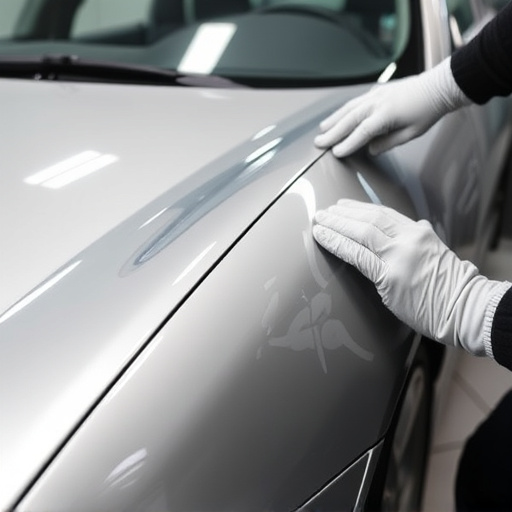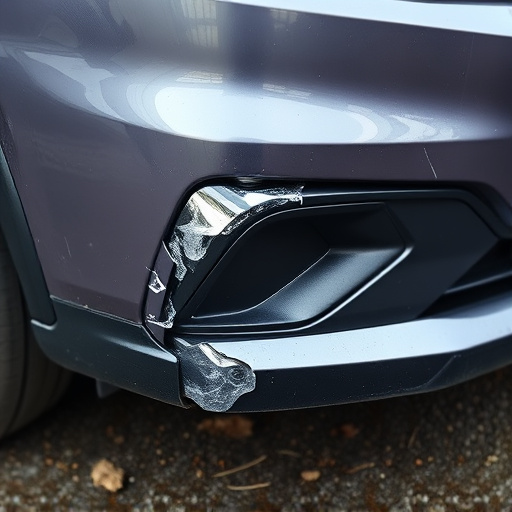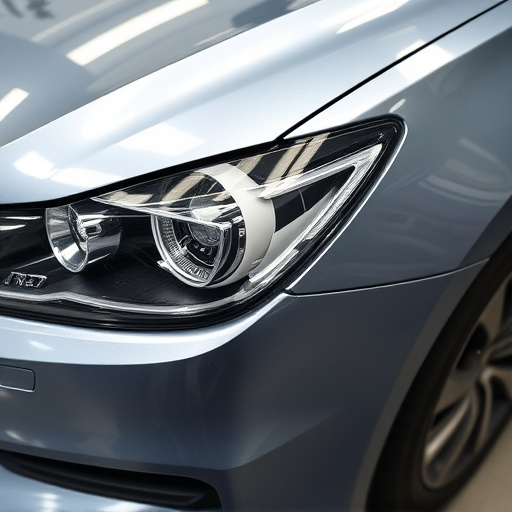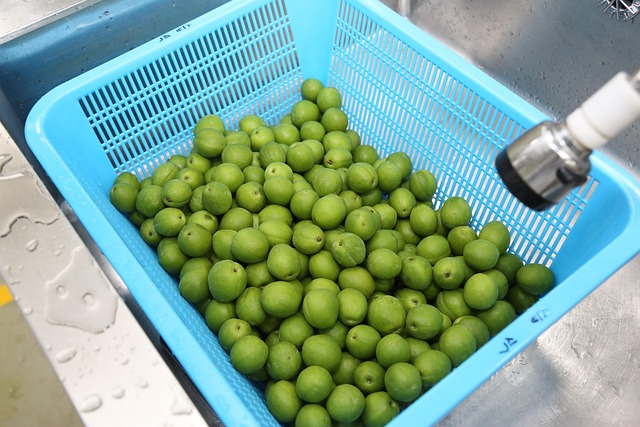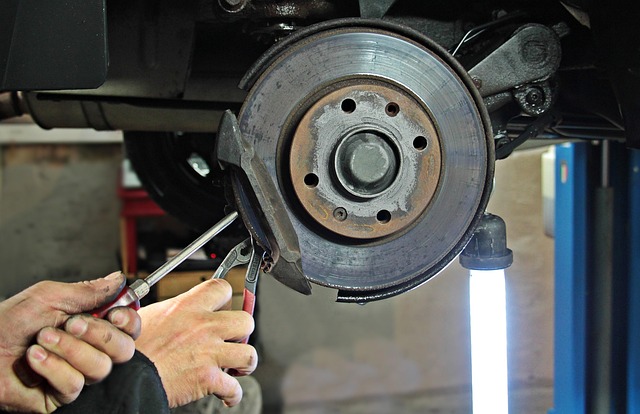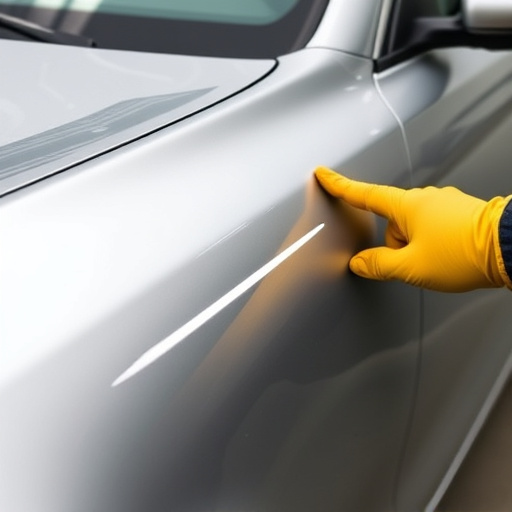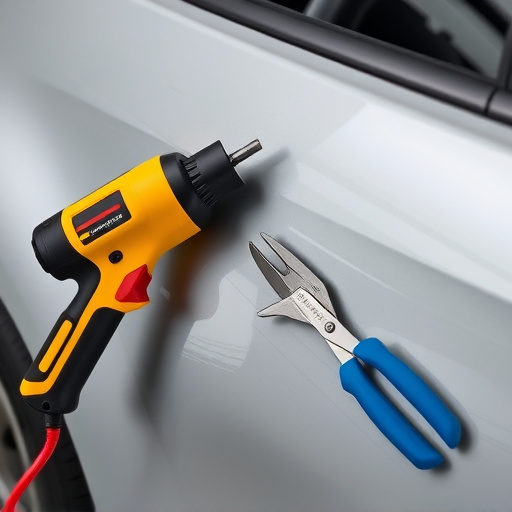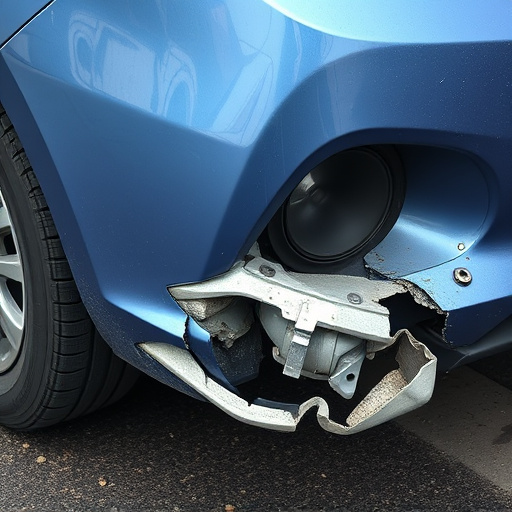Car body shops, particularly collision repair centers, face elevated fire risks due to flammable materials and high-heat painting processes. Waterborne paint systems, a strategic alternative to solvent-based paints, drastically reduce flammability, enhancing safety and sustainability in vehicle restoration. By eliminating highly flammable solvents and lowering VOC emissions, these systems create a healthier work environment with easier maintenance. However, their adoption requires advanced ventilation, specialized fire suppression, and regular staff training to ensure secure operations in auto body services.
Waterborne paint systems are transforming safety standards in paint shops, significantly reducing fire risks. This article delves into the intricate ways these systems mitigate hazards often associated with traditional paint applications. We explore the benefits of waterborne technology, from its superior stability and low volatility to the environmental friendliness it offers. Additionally, we discuss implementation strategies and safety protocols ensuring a safer working environment for painting professionals.
- Understanding Fire Risks in Paint Shops
- The Benefits of Waterborne Paint Systems
- Implementation and Safety Measures
Understanding Fire Risks in Paint Shops

In paint shops, especially those involved in vehicle collision repair or car body shop operations, fire risks are an ever-present concern. These facilities often handle highly flammable materials like solvents and fuels, which can easily ignite and lead to catastrophic fires if not managed properly. The environment, with its constant circulation of heated air and fumes from paint and finishing processes, poses significant hazards. Spark from equipment or accidental discharge can trigger a fire that rapidly consumes the shop, endangering lives and causing extensive damage.
Waterborne paint systems offer a strategic solution to mitigate these risks. By replacing traditional solvent-based paints with water-based alternatives, car body shops can reduce the flammability of their operations significantly. Waterborne paints are less hazardous, as water is the primary carrier instead of flammable solvents. This reduces the risk of fires sparked by evaporation or accidental contact, making vehicle restoration processes safer and more environmentally friendly.
The Benefits of Waterborne Paint Systems
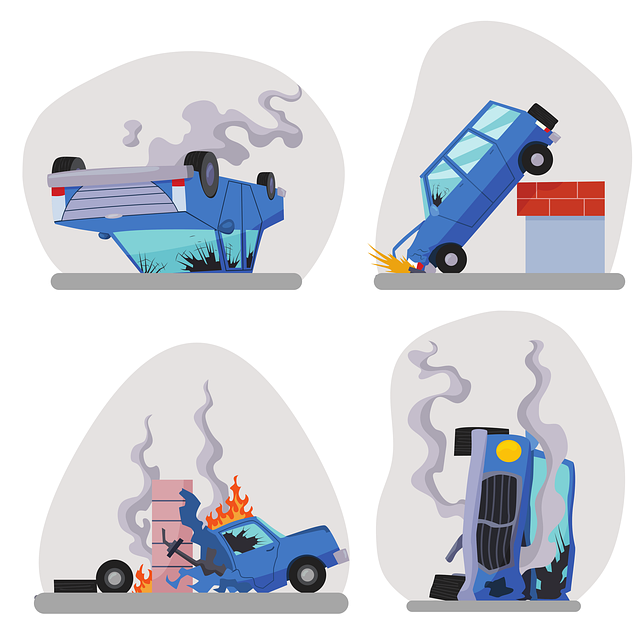
Waterborne paint systems offer numerous advantages for vehicle body shops, particularly when it comes to fire safety. One of the key benefits is their reduced flammability compared to traditional solvent-based paints. Waterborne formulas are designed with a water-rich composition, eliminating the need for highly flammable solvents like hydrocarbons or alcohols. This simple yet effective change significantly lowers the risk of fires in paint shops, especially in the event of accidental sparks or heat exposure.
Furthermore, these systems contribute to a safer work environment during car paint repair and auto collision repair processes. They tend to have lower volatile organic compound (VOC) emissions, leading to improved air quality within the workshop. This is not only beneficial for workers’ health but also helps reduce environmental impact. The ease of cleanup with waterborne paints adds to their appeal, as it simplifies maintenance routines and minimises potential hazards associated with hazardous chemicals.
Implementation and Safety Measures
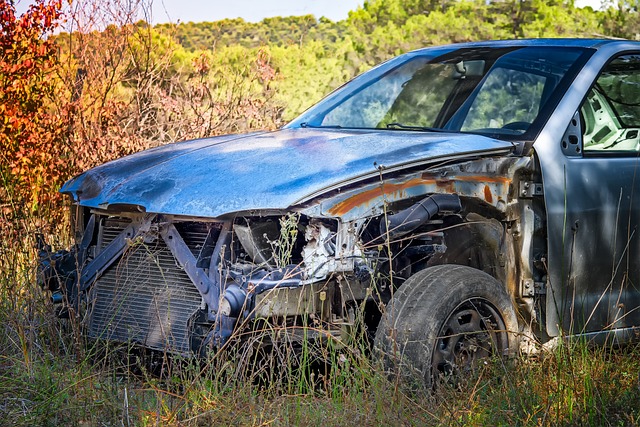
The implementation of waterborne paint systems in auto body services and collision centers is a strategic move towards enhancing fire safety. These innovative systems offer a significant reduction in fire risk compared to traditional solvent-based paints. The key lies in their composition; waterborne paints are water-diluted, eliminating the use of flammable solvents that can easily ignite and spread fires within confined spaces, which are common in auto body shops.
Safety measures should accompany this transition to ensure optimal protection. Proper ventilation systems, for instance, play a critical role in dispersing volatile organic compounds (VOCs) released during the painting process, minimizing the buildup of flammable gases. Additionally, fire suppression systems tailored for paint shops should be in place, with special consideration given to water-based fire suppressants that are effective against this specific type of hazard without damaging the waterborne paint systems. Regular staff training on fire safety protocols and the unique properties of waterborne paints is also essential to maintain a safe working environment in these facilities.
Waterborne paint systems offer a significant advantage in reducing fire risk within paint shops. By replacing flammable solvents with water as the primary carrier, these systems minimize the potential for fires and explosions. This shift not only enhances worker safety but also aligns with environmental sustainability goals by lowering volatile organic compound (VOC) emissions. Implementing waterborne paint systems requires proper training, well-maintained equipment, and adherence to safety protocols, ensuring a safer and more eco-friendly painting process.
